That Year.... This Day....
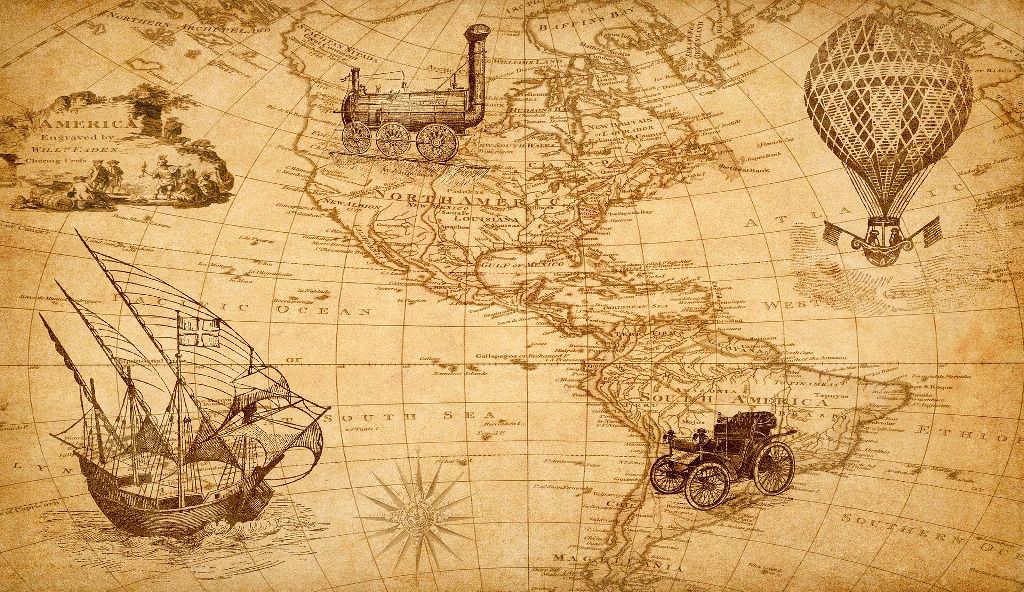
What happend on 20th August 1995?

NY Times Article on Need to Preserve Obsolete Hardware and Software
The New York Times ' George Johnson reminisces about obsolete computer hardware and software in a column titled, "Let's Boot Up the Trash-80 and Play Some Oldies." Written just before the release of Microsoft's Windows 95 operating system, the article bemoaned the lack of a home - virtual or otherwise - for computer antiques. The fate of Windows 3.1 was obvious: "In digital bonfires across the country, millions of copies of the old software will be wiped from hard disks to make way for the new. One by one, all those carefully crafted bits -- the 1's and 0's that form the gears and pulleys of Microsoft's contraption -- will disappear in infinitesimal puffs of heat."
Software, however, is preserved by many individual collectors and computer enthusiasts and by The Computer History Museum.
What happend on 19th August 1934?
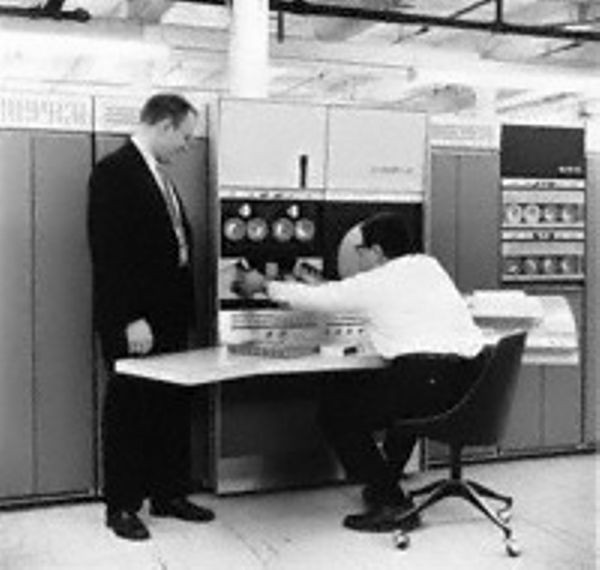
Computer Pioneer Gordon Bell Born
Digital Equipment Corporation (DEC) innovator Gordon Bell is born. In his 23 years at DEC, Bell developed several of the company's most successful minicomputers as well as its well-known VAX machine.
One the world's top computer architects, Bell is considered by many to be the father of the minicomputer and is also an authority on supercomputing. The author of several books, Bell's awards include the National Medal of Technology and the IEEE Von Neumann Medal.
Gordon and Gwen Bell are co-founders of The Computer History Museum.
What happend on 18th August 1947?
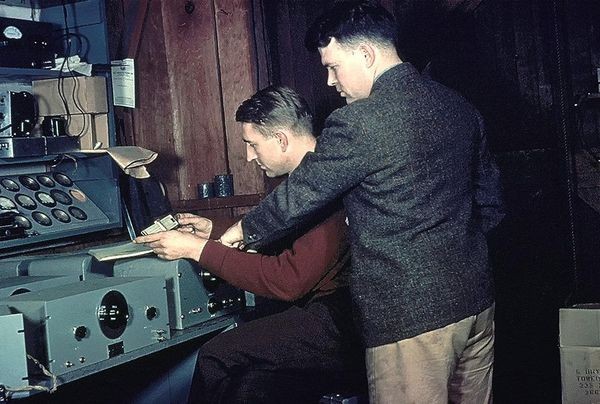
Hewlett-Packard Is Incorporated
Hewlett-Packard Co. is incorporated, nine years after William Hewlett and David Packard sold their first oscillators from a garage in Palo Alto, where they had set up shop with $538 in capital. They determined the order of their names in the company by a coin toss.
Moving from oscillators, the first of which they sold to Disney for the movie Fantasia, the Stanford graduates built one of the world's largest electronics companies.
What happend on 17th August 1950?
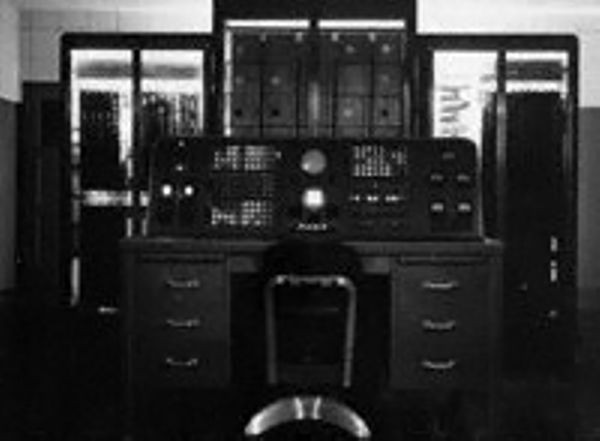
NBS Dedicates SWAC Computer
The National Bureau of Standards dedicates its Standards Western Automatic Computer (SWAC) at the Institute for Numerical Analysis in Los Angeles. Rather than testing components like its companion, the SEAC, the SWAC had an objective of computing using relatively off-the-shelf technology. It used a Williams Tube -- a modified CRT capable of modest (256 word) electrostatic bit storage -- and a magnetic drum (4,096 words) for storage. The word length was 37-bits and it could add two operands in 64 microseconds.
The SWAC performed much useful work, including searching for Mersenne prime numbers, X-ray crystallography, linear and differential equation solving and operated until December 1967.
Parts of SWAC are on display at The Computer History Museum.
What happend on 16th August 1890?
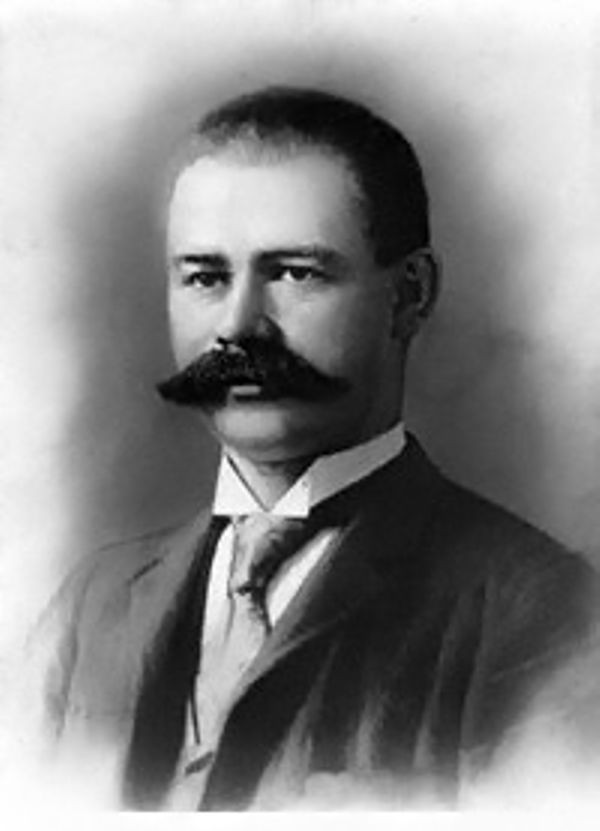
Census Bureau Announces Results Using Herman Hollerith's Machine
The US Census Bureau announces the U.S. population of 62,622,250, determined for the first time by using an automated method, the Hollerith Census Machine. The Hollerith machine sorted returns by completing an electrical circuit wherever a hole existed in a punch card and could process almost 10 times the number of census data than a human clerk.
Census workers used the Punch Pantograph to enter data.
Hollerith formed the Tabulating Machine Company in 1896. This company merged with two others in 1924 to become the International Business Machines company or IBM.
Hollerith died November 17, 1929.
What happend on 15th August 1994?

Programmer Suggests Bundling Internet Explorer in Windows 95
Microsoft Corp. decided to work to incorporate an Internet browser into its upcoming Windows 95 operating system in an effort to catch up to the Internet bandwagon it had missed. On August 15, Windows 95 programmer Benjamin Slivka sent an e-mail to his coworkers suggesting a World Wide Web browser as a feature for Windows 95. Microsoft has faced legal challenges for the way it bundled the result of the project - Internet Explorer - with Windows software.
What happend on 14th August 1940?
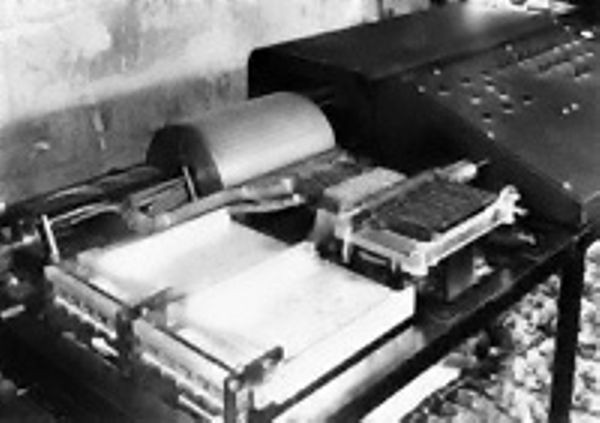
Atanasoff Finishes Paper Describing the Atanasoff Berry Computer
John Atanasoff finishes a paper describing the Atanasoff Berry Computer, or ABC, the computer he designed with Clifford Berry to solve simultaneous linear equations. Atanasoff was only able to claim credit for this paper and title of inventor of the electronic digital computer after a long court battle that ended in 1972. The case - initiated on a charge by Honeywell Inc. that Sperry Rand. Corp. had enforced a fraudulent patent - involved lengthy testimony by Atanasoff and ENIAC inventors Presper Eckert and John Mauchly, who held the patent under review. A judge's ruling that Atanasoff was the true inventor led to invalidation of the ENIAC patent.
A working replica of the original ABC was completed in 1997 by staff and volunteers at Iowa State University at Ames.
Atanasoff died on June 15, 1995.
What happend on 13th August 1973?

ICCP Is Founded
The Institute for Certification of Computing Professionals was founded. The bearer of the standards for the computer industry, ICCP promoted high professional standards for the computer industry and offered a certification program in which engineers earned the designations of Certified Computing Professional or Associate Computing Professional.
What happend on 12th August 1981?
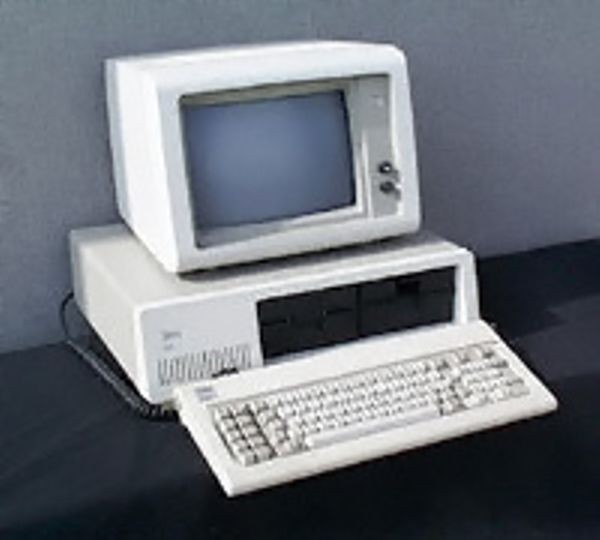
IBM Introduces Personal Computer
IBM introduces its Personal Computer (PC) also known as the IBM Model 5150, lending legitimacy to microprocessor-based computers. IBM's first PC ran with a 4.77 MHz Intel 8088 microprocessor and used Microsoft's MS-DOS operating system. In 1983, Compaq Computer Corp. released the first clone of the IBM PC, a machine embodying an identical copy of the PC architecture -- which IBM had made publicly available -- and begining the gradual decline of IBM's share of the personal computer market.
The PC architecture, based on Intel's x86 microprocessor family, continues to dominate desktop computing with over 85% of PCs using an x86-based CPU.
What happend on 11th August 1950?
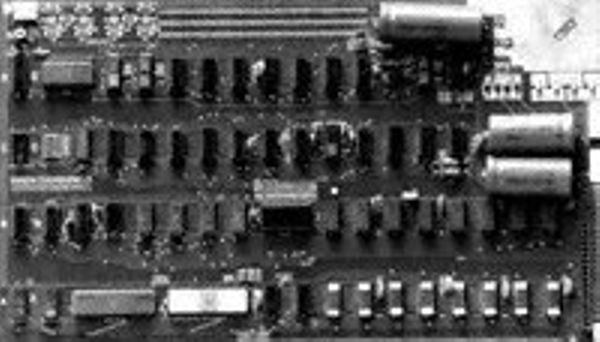
Apple I computer designed by Wozniak on display at The Computer Museum History Center
Wozniak and Jobs entered into business after Wozniak designed a single-board personal computer known as the Apple I. In 1976, with specifications in hand and an order for 100 machines at $500 each from the Byte Shop, he and Jobs began assembling computers in the basement of Steve Jobs' parents' garage.
While still studying at the University of California-Berkeley in 1972, Wozniak had shown his electronics skill as well as his sense of humor in building his blue box, a tone generator used to make free phone calls, which he sold in dormitories.").
